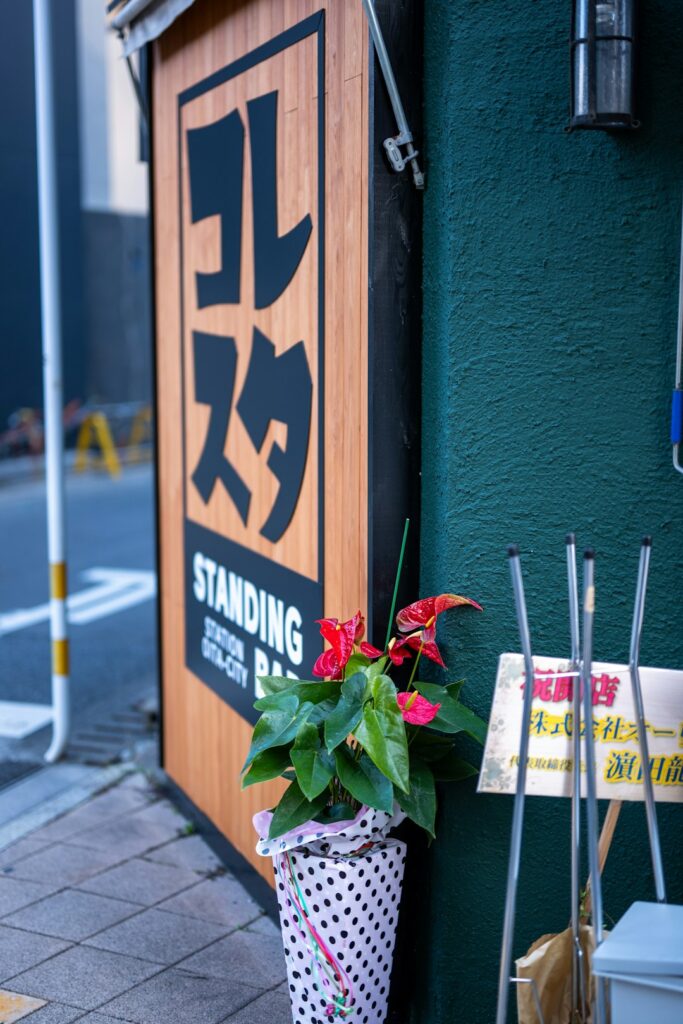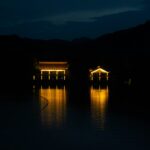Are you yearning for a Japanese countryside adventure far removed from the bustling neon of Tokyo and Osaka? Discover a new side of Japan with the emerging trend of “forest villages”—hidden rural enclaves where timeless satoyama culture flourishes alongside innovative retreats like glamping and renovated kominka farmhouses. In this guide, we’ll reveal breathtaking escapes, immersive experiences, and practical advice for travelers who want to genuinely connect with Japanese nature and community. Get ready to uncover the secrets of Japan’s most enchanting rural getaways!
What Are Japan’s “Forest Villages”? The Allure of Modern Satoyama Retreats
Forest villages in Japan, sometimes called “satoyama retreats”, are rural communities nestled between cultivated land and wild mountain forests. Historically, these satoyama regions provided a harmonious way of life, where people coexisted with nature through sustainable agriculture, forestry, and preservation practices. Today, a new generation is breathing creative life into these regions, blending traditional wisdom with modern comforts. Visitors can experience slow living, eco-conscious design, and an authentic sense of belonging that is deeply connected with the land.
Iconic Forest Villages: From Shirakawa-go to Okuaizu
Among Japan’s forest villages, some stand out as truly magical.
Shirakawa-go (Gifu Prefecture) is a UNESCO World Heritage site famed for its gassho-zukuri thatched-roof houses. Surrounded by misty forests and rice paddies, visitors can stay overnight in centuries-old farmhouses, sample wild mountain vegetables, and join in rustic craft workshops.
Okuaizu (Fukushima Prefecture) remains one of the best-kept secrets among rural explorers. Here, guests are welcomed by serene hamlets, crystal-clear streams, and ryokan inns that serve seasonal kaiseki using foraged herbs and local game. Each region is accessible by picturesque train rides or mountain roads, making the journey itself part of the adventure.
Other off-the-beaten-path gems include the mossy forest alleys of Miyama (Kyoto), and the cedar-rich valleys of Kamikatsu (Tokushima), a leader in eco-village initiatives.
Kominka Retreats and Modern Glamping: Living in Harmony with Nature
A wave of passionate locals and creative entrepreneurs have revived abandoned kominka—traditional wooden farmhouses—transforming them into exquisite rural lodges. These retreats blend antique Japanese design, earthen walls, and sunken hearths with touches like open-air baths and organic breakfasts.
If you crave a closer encounter with nature, many forest villages now offer luxury glamping sites. Picture waking to birdsong in a forest yurt, enjoying locally sourced dinners under the stars, and spending the day exploring river trails or simply unwinding in a hammock with mountain views. Both options offer sustainable, intimate stays perfect for slow travelers and nature lovers alike.
Immersive Experiences: Seasonal Festivals, Farm Work, and Forest Adventures
To truly experience a forest village, go beyond sightseeing and join in local life. Many communities hold vibrant seasonal festivals—from spring cherry blossom picnics to autumn harvest dances. Visitors can help with rice planting or harvesting in the paddies, join hands-on soba noodle making, or forage wild vegetables on a guided walk.
Forest adventures are another highlight: try wood carving, forest bathing (shinrin-yoku), or wildlife spotting with local guides. Engaging with local families and elders offers invaluable cultural insights and memories.
Planning Your Visit: Essential Tips for an Authentic Forest Village Adventure
- Best Season: Spring (April–June) and autumn (September–November) offer the most pleasant weather and beautiful scenery, while winter brings a picturesque, snow-covered charm—especially in mountain villages like Shirakawa-go.
- Packing: Bring layers, waterproof footwear, and insect repellent. Local stores may be limited, so prepare personal essentials in advance.
- Booking: Most rural inns require reservations months in advance, especially during festival seasons. Use official local tourism sites or direct inn emails for the most authentic stays.
- Respect Local Customs: Many villages have unique traditions and etiquette regarding noise, communal baths, and interactions with wildlife—ask your hosts to guide you!
With a respectful attitude and a spirit of adventure, your journey to Japan’s hidden forest villages promises memories that will last a lifetime. Step off the tourist trail and discover where tradition, nature, and heartfelt hospitality entwine.








